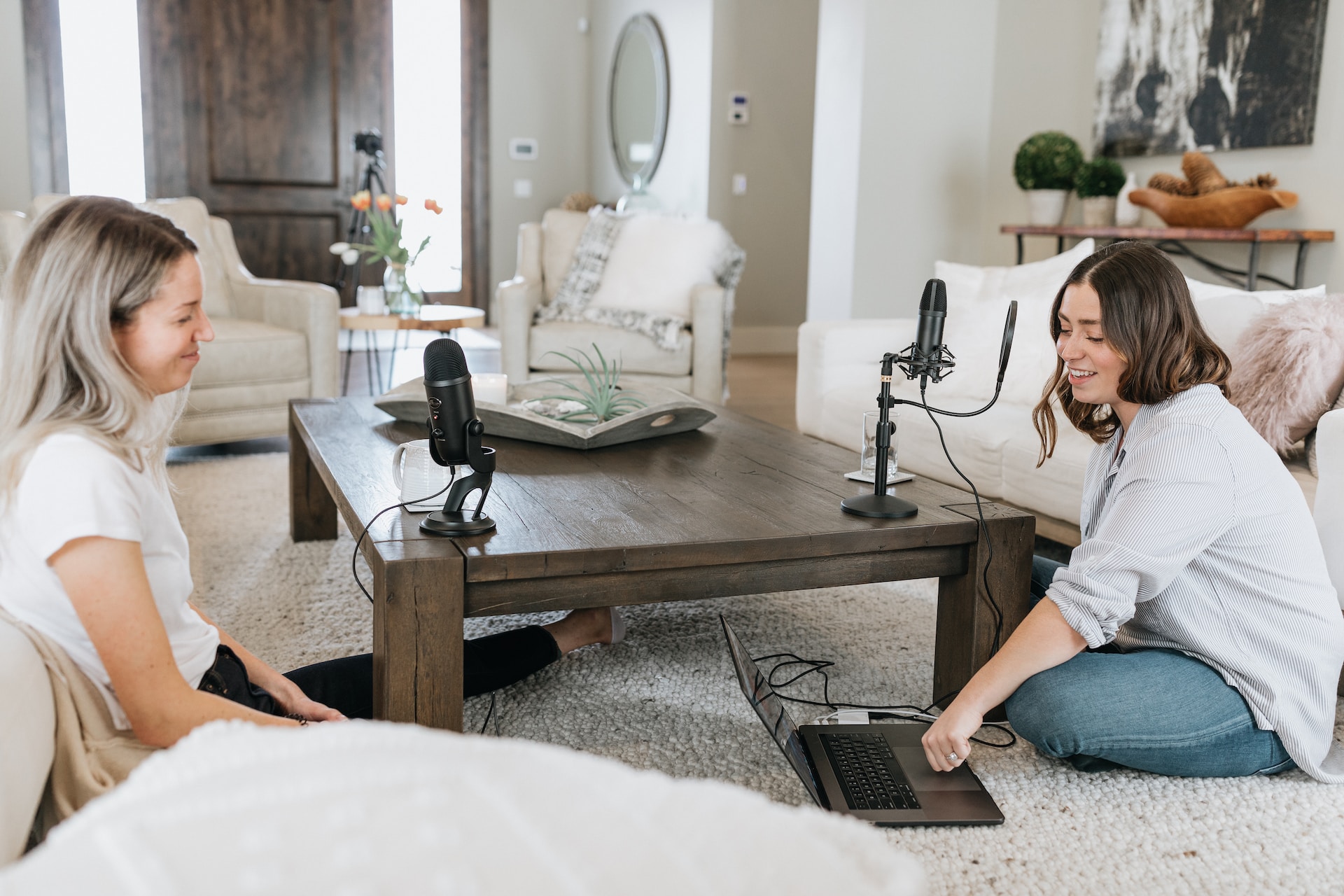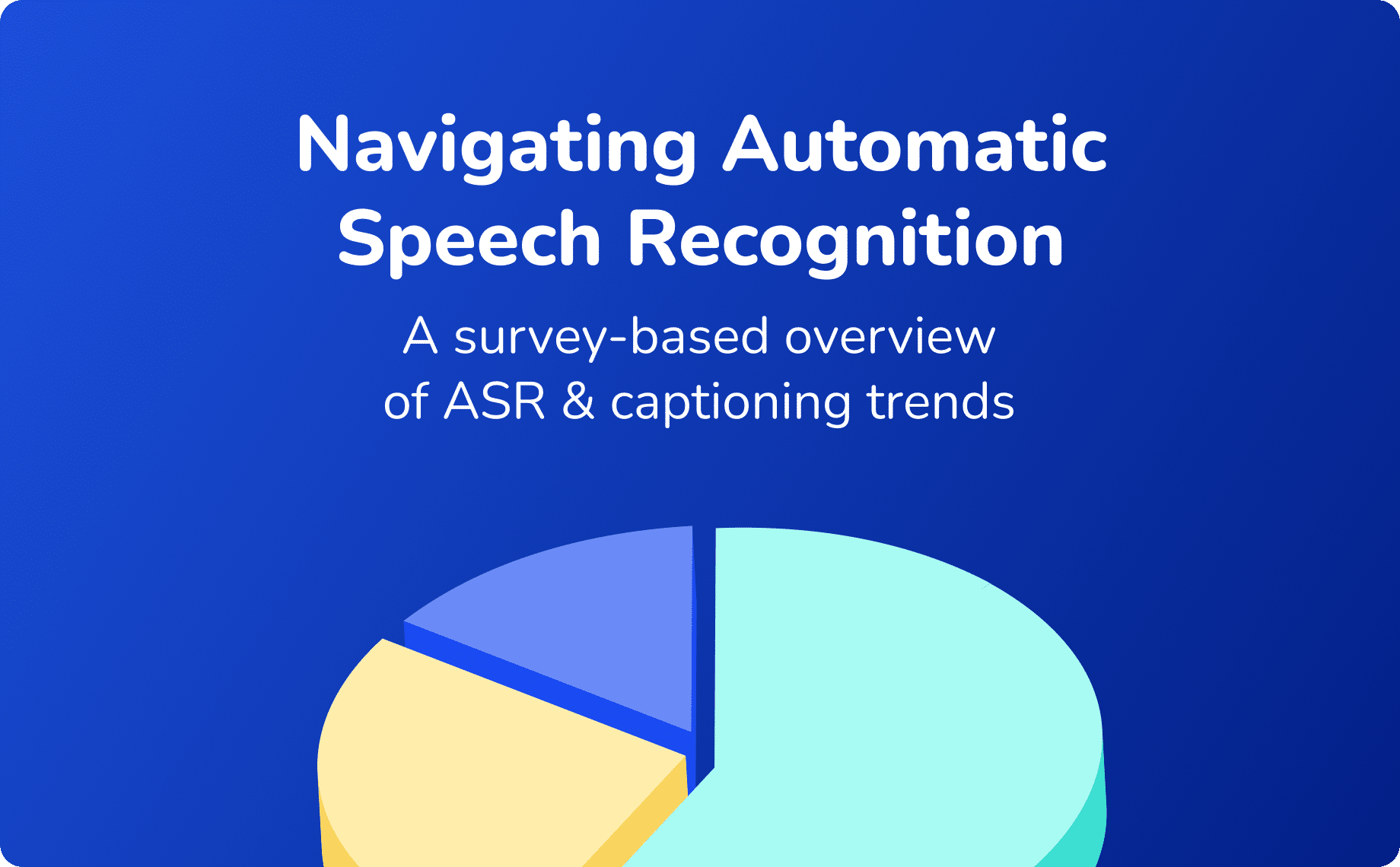According to recent estimates, there are over 464 million podcast listeners worldwide. This number is continuing to increase, with audiences growing each year. Podcasts offer creators the ability to share information in new and exciting ways, and the versatility of the medium is key to its continued success.
New podcasts and podcasters are getting started at an overwhelming rate, and with so many options, listeners have no shortage of content to choose from. While this may be great news for podcast fans, it poses some challenges for creators. In this blog, we will explore some go-to strategies for expanding the reach of your podcast and discuss how effective podcast SEO techniques can help you grow your audience and stand out from the crowd.
Choosing Your Podcast Topic and Niche
If you’re thinking about starting a podcast, the first question you should ask yourself is: “What am I trying to say?” Carefully selecting your podcast’s topic and angle is critical to helping you find the right audience for your content. Think about your specific life experience and expertise and consider who you’re targeting and what you can offer them.
Once you have a sense of what you’d like to create a podcast about, you can start digging into what other successful creators are doing. Researching industry trends is a great way to stay ahead of the podcast curve and ensure you’re generating the kinds of content that audiences tend to seek out. The goal is to carve out a niche for yourself that is narrow enough to minimize competition but broad enough to appeal to new listeners over time.

Setting Up Your Podcast
The next step in your podcasting journey is the set-up phase. Once you’ve settled on your basic approach and identified your target audience, it’s time to start focusing on production. To start, you’ll at least want to invest in reasonably high-quality podcasting equipment like microphones and recording software to appeal to prospective listeners. Over time, you may be able to invest in additional tools and technology solutions, but a good microphone is always a great place to start.
You will also want to research the various podcast platforms available to creators and select the hosting site that best suits your current needs. Platforms like Buzzsprout and Libsyn offer different subscription options depending on how many hours of content you plan to share each month, so you can choose a subscription option that suits your budget and growth strategy. These podcast sites make it easy for users to add their shows to popular podcast apps like Spotify, Apple Podcasts, Pandora and more. They can also aggregate podcast analytics from all of these sites to give users a comprehensive overview of their show’s performance across multiple platforms.
In addition to setting up your podcast hosting platform, podcasters should create standalone websites for sharing and promoting their content. These sites can give listeners critical updates, share information and special offers from sponsors or provide users with contact information. Optimizing your podcast website for SEO purposes can make your content more easily discoverable by potential audience members. As a result, this can drive traffic to your show on your preferred apps and platforms.
Recording and Editing Your Podcast
With the technical infrastructure in place, you can officially start recording and editing your first podcast episodes. Take advantage of your equipment to produce high-quality, professional recordings. Also, don’t be afraid to spend ample time reviewing and editing your recordings to make things as polished as possible.
Some creators find it helpful to produce outlines and scripts to keep their podcast episodes on track. The more you can streamline your recording on the front end, the less time you’ll have to spend editing or re-recording portions of your episode. Added touches like intro and outro music and custom podcast artwork can further improve the public’s perception of your content and make your show stand out from competitors.

Optimizing Your Podcast for Discovery
The easiest way for new listeners to find your podcast is to ensure that your show appears high up in relevant search results on podcast platforms and other search engines. You will want to take time to research high-performing keywords that are relevant to your podcast so you can easily incorporate these keywords into your public posts.
Adding SEO keywords to your podcast descriptions, titles and metadata can help search engines more easily index your content and make it available to prospective listeners. It’s important to find keywords that are relevant to the topic of your podcast without being so narrow and specific that they disenfranchise potential audience members. Low-competition, high-conversion keywords are the gold standard. Taking the time to research and select the best keywords can have a massive impact on the trajectory of your podcast.
To further optimize your podcast for SEO purposes, you might want to consider investing in a transcription solution that can convert your audio-only podcast episodes to written text. A written transcript of your podcast episode can be posted broadly so that audio information factors into search algorithms used by search engines like Google. This is a great tool for maximizing the value of your podcast production efforts and making your show more visible and accessible.
In addition to optimizing your content for search engine rankings, you can also take advantage of social media to make your podcast visible to new listeners. Sharing the link to your podcast on social media platforms or being invited to guest-host another creator’s podcast can help you spread the word about your podcast and make an impression on would-be audience members. You might also want to consider implementing an email newsletter to share important updates with your followers and keep your podcast top-of-mind for members of your community.
Measuring Success and Growing Your Audience
Once your show is live, the work is far from over. Podcast hosting sites often provide creators with access to valuable analytics that can help them continue to develop their outreach strategy. Data like downloads, shares, conversion rates and subscriber numbers can all provide valuable insight into whether your show is reaching its target audience. If your analytics regularly reveal some low-performing areas, you can then take steps to address them in subsequent upload cycles.
As discussed above, offering written transcripts of your podcast episodes can further expand your audience and ensure your content is accessible to diverse audience members. While many consumers enjoy audio-only content like podcasts, some people with disabilities may need additional support in order to engage equitably with these content offerings. Providing a readable version of your podcast episodes can help to ensure that your podcast is accessible to individuals who are Deaf or hard of hearing, as well as any other audience members who prefer to engage with information in a readable format.
Podcasting is unique in that listeners can often communicate fairly directly with podcast creators to share their thoughts about recent episodes. Most podcast platforms allow listeners to leave detailed reviews and ratings for the shows they listen to, and these ratings get factored into a podcast’s search result ranking. Because of this, it’s important for podcasters to ask their audience members for honest, positive reviews and to respond thoughtfully to any commentary that may call for changes or improvements to the show.

Monetizing Your Podcast
Once you have achieved your desired level of growth and listenership, you may want to start considering ways to monetize your content. Some businesses may wish to partner with podcast creators for various promotions and sponsorships, and these arrangements can present great opportunities for creators to profit from their production efforts.
Some podcast creators have also benefited substantially from joining paid subscription platforms like Patreon and OnlyFans. Essentially, an audience member can pay a flat monthly fee in exchange for access to bonus content and additional podcast episodes. These subscription platforms offer an ongoing revenue stream for podcast creators, and often, there are several different membership tiers available to subscribers at different price points. While the earning potential from these platforms can be substantial, it’s worth noting that creators will need to invest additional time and resources into creating the exclusive content they plan to share on these private podcast feeds.
Taking Advantage of Tools that Boost Podcast Success
Podcasting is a remarkably versatile medium that offers creators limitless opportunities to share information with their target audiences. To ensure that your podcast can go the distance, it’s important to invest the time and resources necessary to optimize your content for maximum impact. Optimization strategies like transcribing episodes and incorporating SEO keywords into your podcast presence can help you appear higher in search results and more consistently reach new listeners.
If you’re interested in learning more about podcast transcription and its impact on podcast SEO, reach out today to speak with a member of the Verbit team. We specialize in providing user-friendly assistive technology solutions like transcription that can support a wide range of content offerings like podcasts, videos and more. With the right partner, you can maximize the value of your podcast production efforts and make your content more accessible, engaging and discoverable to all potential listeners. Get in touch and learn how we can support you on your podcast journey.




